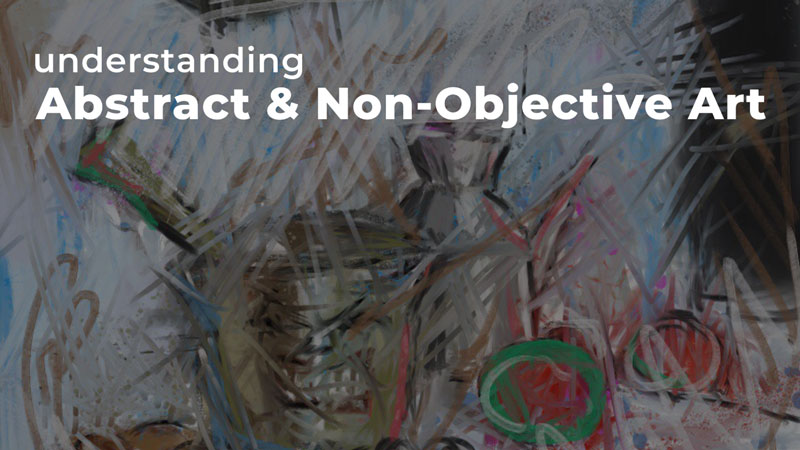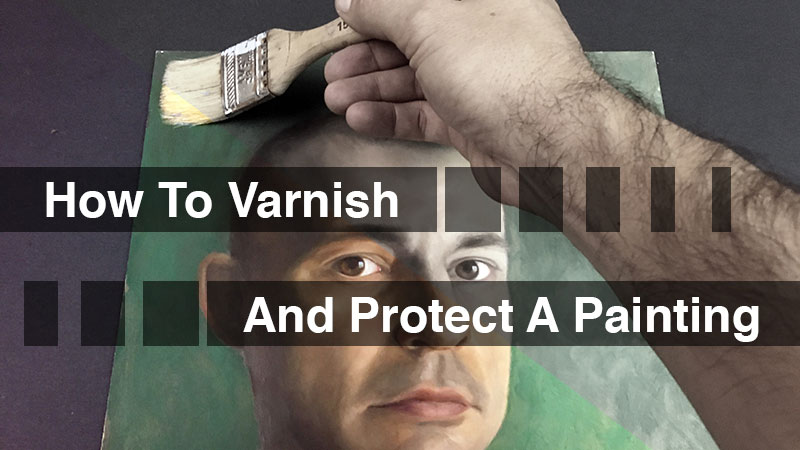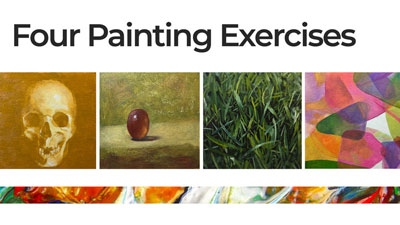
Before I go on, I must confess that I am a representational artist. In my own works, I attempt to represent some respectable level of realism and I often judge the result against this measure. However, just because my works are representational doesn’t mean that I should turn a blind eye to the aesthetics of other forms of expression including abstract art and non-objective art.
Most people tend to shun what they don’t understand. Often, this ignorance turns into outright mockery. Unfortunately, this happens sometimes with abstract art. People don’t understand what they are seeing. They don’t understand the intent of the artist, or the thought behind the work. Instead, they measure the merit of the work against what they consider to be success, and often that criteria includes realism.
What is Abstract Art?
Abstraction is a deviation from representation. It’s goal is to change the perception of reality. The change or abstraction takes place in the mind of the artist and is communicated through the work of art. The goal is to give us a new perspective, the artist’s perspective, on a particular subject – not demonstrate how technically skilled the artist is in reproducing what is seen. The goal of abstract art is clearly different from representational art, so the way that it is evaluated should be too.

An artist may decide to interpret a subject differently than how it is seen. Any way that an artist presents this view that deviates from reality is considered abstraction. If an artist decides to paint a portrait that is representational in every way with the exception of the skin tones being blue, then this is abstraction. If an artist chooses to break down every object in a painting into its simplest shapes, then this is abstraction (Minimalism).
It requires a different way of “seeing” the artwork in order to appreciate the artwork. Aesthetics should play a role in the evaluation of abstract art, but the intent and communication by the artist are also factors to be considered.
How Subjects are Abstracted in Artworks
The way abstraction is presented is up to the artist. Some artists approach abstraction with a predetermined methodology. For example, Minimalism seeks to simplify forms into basic shapes, while Cubism seeks to present subjects from multiple viewpoints. Other artists abstract subjects without methodology, instead producing artwork that “borrows” from reality but is arranged in a way determined by the artist’s “whims”. Others seek enlightenment through abstraction, with Abstract Expressionists exploring subjects such as the sub-conscious and emotion.
No matter the path to abstraction, the end goal is the same. And that is to create an aesthetic work that provokes thought.
If so, join over 36,000 others that receive our newsletter with new drawing and painting lessons. Plus, check out three of our course videos and ebooks for free.
Lesson Discussion
Comments are closed.





In-depth explanation. Abstract art stirs our imagination and perception about reality.
Certainly what abstract art looks for is concentration of the painting so that you identify with it, I like the artist Gabino Amaya Cacho who creates beautiful works with style of abstract Pointillism.